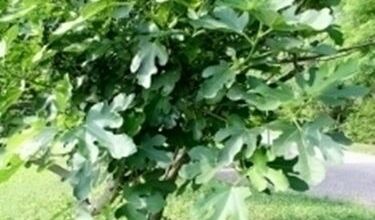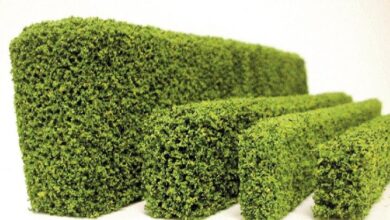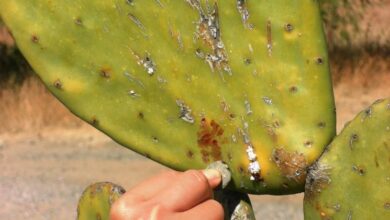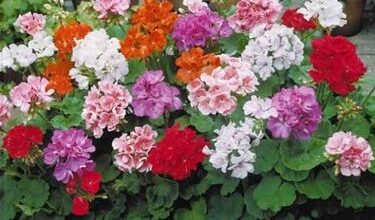Ficus benjamina natasja
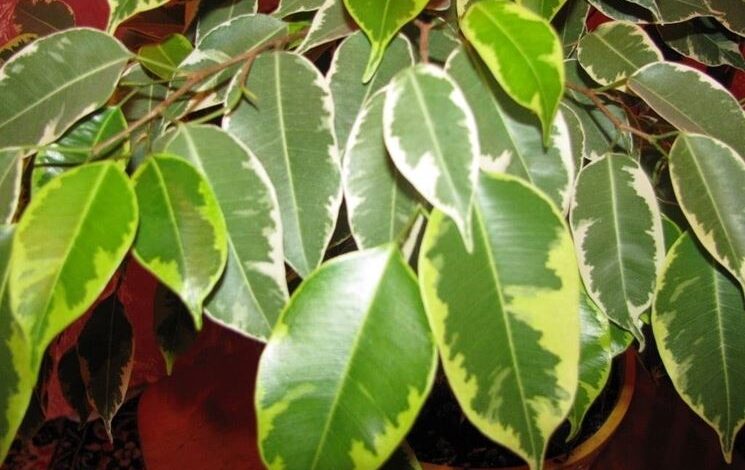
Ficus benjamina natasja
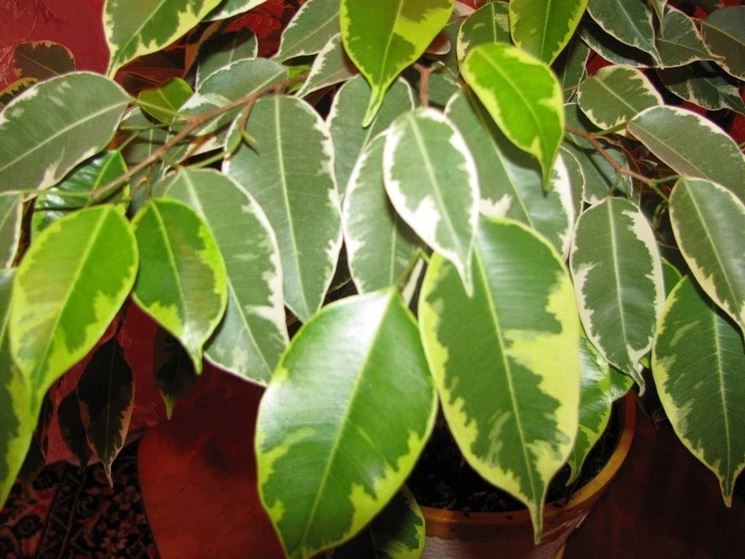
Cultivation
Ficus Benjamina natasja adapt to hot climates, in fact it is advisable to grow them at a temperature above 14 – 15 ° C. It does not need direct sunlight but grows best in environments where the light is intense and diffused. Poor lighting could cause leaves to fall. The soil must be light and full of organic substances, and to ensure good drainage, it is advisable to place expanded clay, gravel or pot shards on the bottom of the pot. The soil should be kept moist during the plant’s development period, but make sure it is dry between one watering and another. In cold periods, watering must be reduced, but it is advisable to keep a saucer with water because the ficus need about 70 – 80% humidity.
Diseases and parasites
The parasites that can affect this type of plant are: the red spider and the Cochineal. As for the first parasite, we notice its presence from the yellowing of the leaves; in the second case, however, brown spots form on the lower part of the leaf. But it is not always parasites that make the plant sick. If we notice that the leaves are starting to become dry or burned, it means that the plant has been exposed to direct sun and therefore it would be advisable to change position by moving it elsewhere. Even wrong watering can lead to a weakening of the plant, for example, excessive watering can cause the leaves to yellow or sag. One trick is to avoid the formation of water stagnation, they could lead to rot at the roots.

